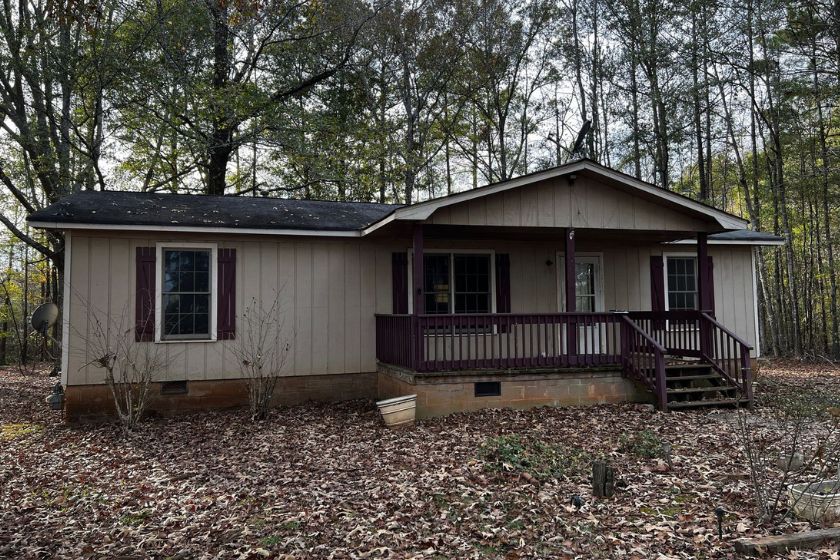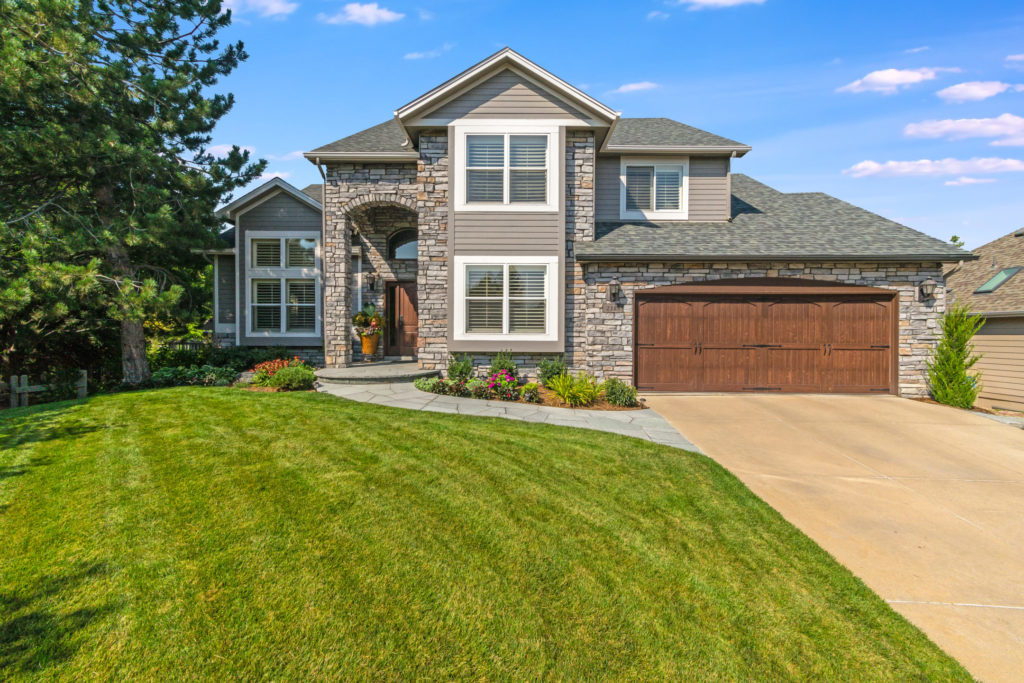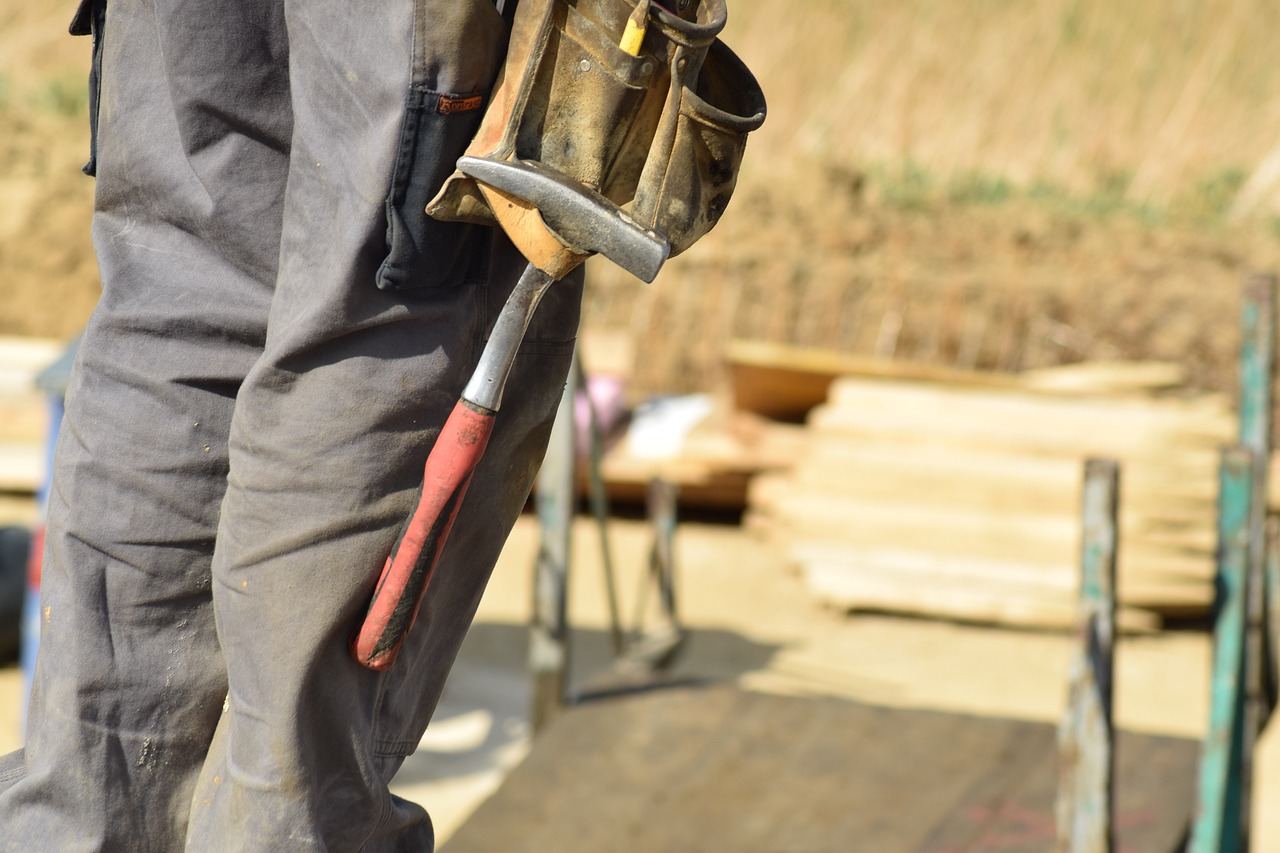The Skilled Labor Shortage
Fixer-Uppers or Move-In Ready Homes: What to Buy & What to Sell
Nowadays, houses come in various conditions. With the medium home age in the United States being 39 years old,1 many houses are in need of repair. On the other end of the spectrum, new houses are being constructed every day. There are also many older homes that have been updated to look like new once more.
When it comes time to buy or sell one of these houses, the condition of the home becomes incredibly important.
Choosing Between Fixer-Uppers or Move-in Ready Homes
You have probably heard the terms “fixer-upper” and “move-in ready home” used before. Both are used to classify homes that go on the market, but there is a big difference between fixer-uppers versus move-in ready homes.
Fixer-upper homes are those that need repairs. These repairs may be major or numerous and often require fixing before the buyer moves in. In many cases, people will also refer to fixer-uppers as homes that are outdated in style. They may not need fixing, but they are a long way from what home buyers are looking for. With these houses, many buyers will make updates to their liking before they ultimately move into the home.
On the other hand, move-in ready homes are exactly as they sound. They are homes that are not in need of any pre-sale repairs or updates. Essentially, the house is ready to go. The buyer could move in the same day as they buy it without any real issue. Move-in ready homes are in high demand with 77% of buyers saying they won’t consider purchasing a home that isn’t move-in ready.
While the two terms are often used to categorize all homes on the market, in reality, most houses will fall somewhere in between.
Pros and Cons of Fixer-Uppers

Pros
While many are quick to turn up their noses at fixer-uppers, there are a few benefits to these homes.
- Lower Upfront Costs- For buyers, fixer-uppers can have a silver lining. Because they need work, fixer-uppers cost less than move-in ready homes upfront. Buyers then have time to find the funds to make updates and repairs.
- Possibility for Customization- Another potential benefit to buying a fixer-upper versus a move-in ready home is that you have the opportunity to make the home how you want it. Move-in ready homes are updated, but they may not fit your style. With fixer-uppers, the possibilities are endless.
- Better Resale Value- Fixer-uppers can be a good investment because buyers have the opportunity to buy the house at a lower price and increase its value significantly before they sell.
Cons
Although those HGTV shows romanticize the idea of transforming a fixer-upper into a dream home, this process is not as easy as it looks on TV. In fact, there are several cons of fixer-uppers for buyers and sellers.
- Greater Likelihood of Problems- One big issue with fixer-uppers is that you aren’t really sure what you are going to get. Some problems may not be apparent at first. These can range from minor fixes to more serious repairs that could require significantly more time, money, and work.
- Bigger Time Commitment– Another problem with fixer-upper homes is that they can be a big time commitment. Depending on the necessary repairs or updates, the work may take weeks or even months to complete. This could delay a buyer’s move-in day. Some buyers may even need to find temporary housing unless they are content to live in a construction zone or with features like popcorn ceilings or a stained carpet until they are fixed.
- Bigger Investment- Fixer-uppers can take a lot of money to update. There is also always the risk that they may cost more than initially expected. In some cases, you could wind up well over budget.
- More Stress & Work- Especially if you are doing some DIY, fixer-uppers can be a lot of stress and work. Even just looking for the right contractor and overseeing their work can be a headache.
- Low Demand- A big problem with fixer-uppers for sellers is that buyers do not want these homes. According to our recent survey of buyers, 68% said the biggest dealbreaker to buying a home is disrepair and wear and tear. Even if the home isn’t in need of actual repairs, 67% of potential buyers also said they only consider homes with updated features and layouts.2
Pros and Cons of Move-in Ready Homes

Pros
Not surprisingly, there are some big benefits to selling and buying move-in ready homes.
- Ready to Go- For buyers not wanting to deal with the work or headache of home improvement projects, move-in ready homes are the way to go. They are updated, modern, and simply need you to move in.
- No Guesswork on Budget- With move-in ready homes, you don’t need to try to guess how much repairs and updates will cost. The cost is straightforward, and it is easier to determine your budget when searching.
- Financing is Easier- Fixer-uppers aren’t just a risk for buyers, they are often a risk for banks too. As a result, financing is typically easier to get for a move-in ready home.
Cons
Although move-in ready homes are so highly sought after, there are some downfalls to these types of homes.
- More Expensive Upfront- Compared to buying a fixer-upper, buying a move-in ready home typically requires a higher initial cost as these house prices are higher.
- More Competitive- For buyers, getting the move-in ready home you want is harder. Move-in ready homes are in such high demand and there are a limited number of houses on the market right now, so there is much more competition. (For sellers, this is actually a pro as move-in ready homes fly off the market faster and may get multiple offers.)
- Less Room for Customization- A potential downfall for buyers of move-in ready homes is that there is less room to make changes. The house has already been updated so you would need to go out of your way to do more work and make the house your own.
Should I Buy a Fixer-Upper or a Move-in Ready Home?
When looking to buy a fixer-upper or move-in ready home, it is important to consider their pros and cons. For those wanting to really make the home their own or who may not be able to afford (or nail down) a move-in ready home in the area they want, buying a fixer-upper may be the right choice. On the other hand, those overwhelmed at the thought of home improvement projects and willing to pay more to not stress should consider a move-in ready home.
Everyone is different, so you should take the time to compare fixer-uppers versus move-in ready homes to see what might be best for your specific situation before you buy.
Should I Sell a Fixer-Upper or a Move-in Ready Home?
If you are looking to sell your home and it needs some work, you will most likely want to make some updates before you put it on the market. Your house was a big investment. You should look to get the most money back when you go to sell. Selling a house as-is often means leaving a lot of money at the closing table. On the other hand, even just simple repairs and preparations can increase the resale value significantly. While it will involve a bit of an investment, the right updates will have a high return.
Move-in ready homes are also in such high demand that fixer-uppers will often stay on the market for longer. If you were trying to save time by not making updates, it may end up catching up to you anyway with the amount of time your home sits on the market.
Learn more about getting your house ready to sell.
We Want to Help
Few homes are move-in ready without a little work. If you are looking to make updates before you sell, we want to help. At Curbio, we are the real estate agent’s preferred general contractor for pre-sale home renovations. Getting homes ready for sale is our focus. We move at your fast pace to get your listing on the market with speed and confidence.
If you are interested, talk to your agent about working with us and get started with a free, no-obligation estimate. Don’t have an agent yet? Contact us and we will look to set you up with a partner agent in your area.
Sources:
- National Association of Home Builders (2021). Age of Houses in the US
- Curbio (2022). Preparing to Sell: 2022 Home Improvement Report





